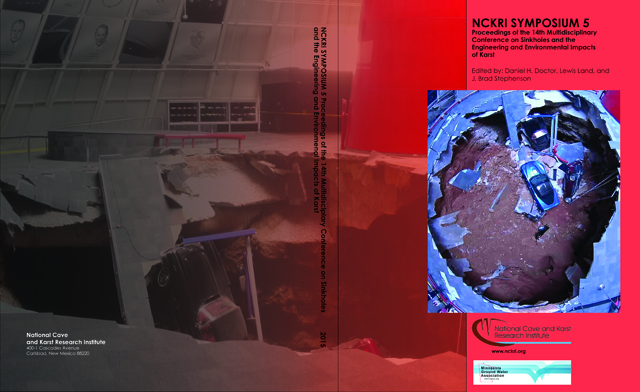Abstract
Predicting the required quantity of grout needed to remediate a sinkhole-damaged home is a challenging task that involves significant amounts of uncertainty. The difficulty arises from the limited amount of subsurface information that is available to make subsurface predictions particularly in complex karst environments. In typical sinkhole investigations, our understanding of the subsurface is limited by the three to four data points (borings) that provide a small window into actual subsurface conditions. This information is normally obtained from borings and from information inferred by geophysical surveys. In many cases, the information is not sufficient to make accurate predictions of grout quantities. This paper will discuss the uncertainties in analyzing the many factors that influence grout prediction; it will provide a method of calculating grout quantities and discuss how one may moderate the difficulties in prediction of grout quantities. Examples of case studies are given showing pre-grout and post-grout information and the lessons learned from these comparisons.
Rights Information
DOI
http://dx.doi.org/10.5038/9780991000951.1010
Predicting Compaction Grout Quantities in Sinkhole Remediation
Predicting the required quantity of grout needed to remediate a sinkhole-damaged home is a challenging task that involves significant amounts of uncertainty. The difficulty arises from the limited amount of subsurface information that is available to make subsurface predictions particularly in complex karst environments. In typical sinkhole investigations, our understanding of the subsurface is limited by the three to four data points (borings) that provide a small window into actual subsurface conditions. This information is normally obtained from borings and from information inferred by geophysical surveys. In many cases, the information is not sufficient to make accurate predictions of grout quantities. This paper will discuss the uncertainties in analyzing the many factors that influence grout prediction; it will provide a method of calculating grout quantities and discuss how one may moderate the difficulties in prediction of grout quantities. Examples of case studies are given showing pre-grout and post-grout information and the lessons learned from these comparisons.

